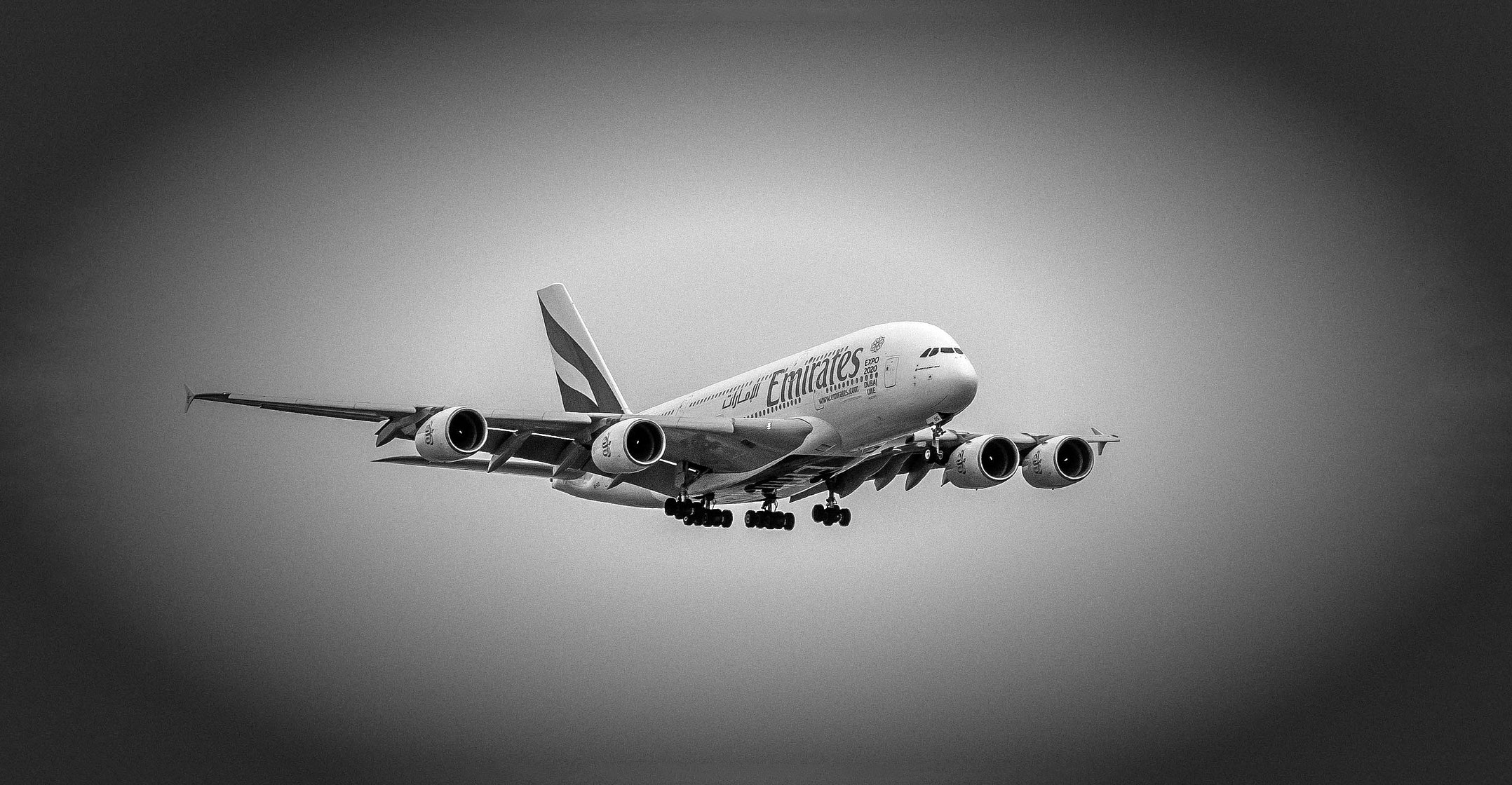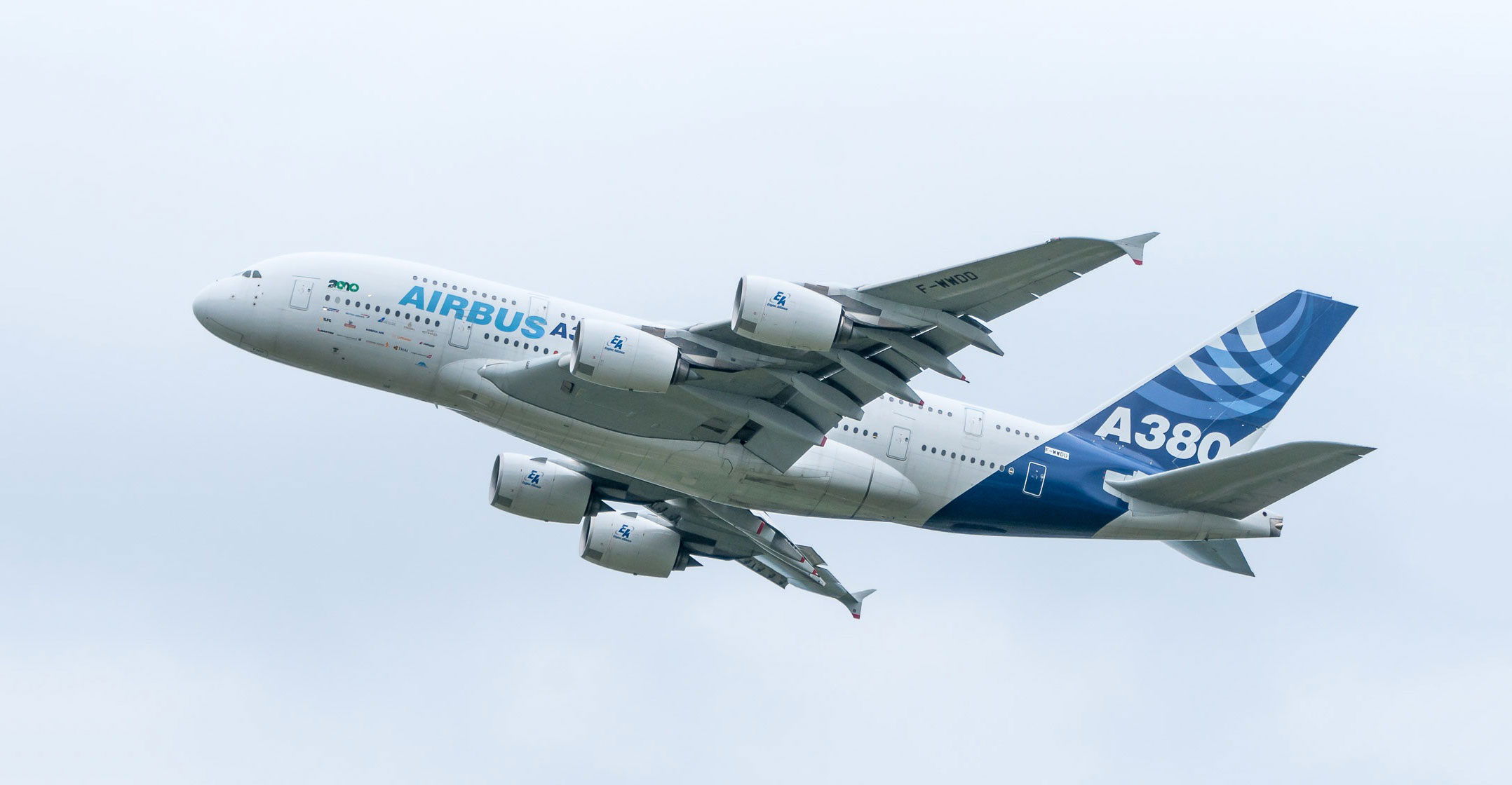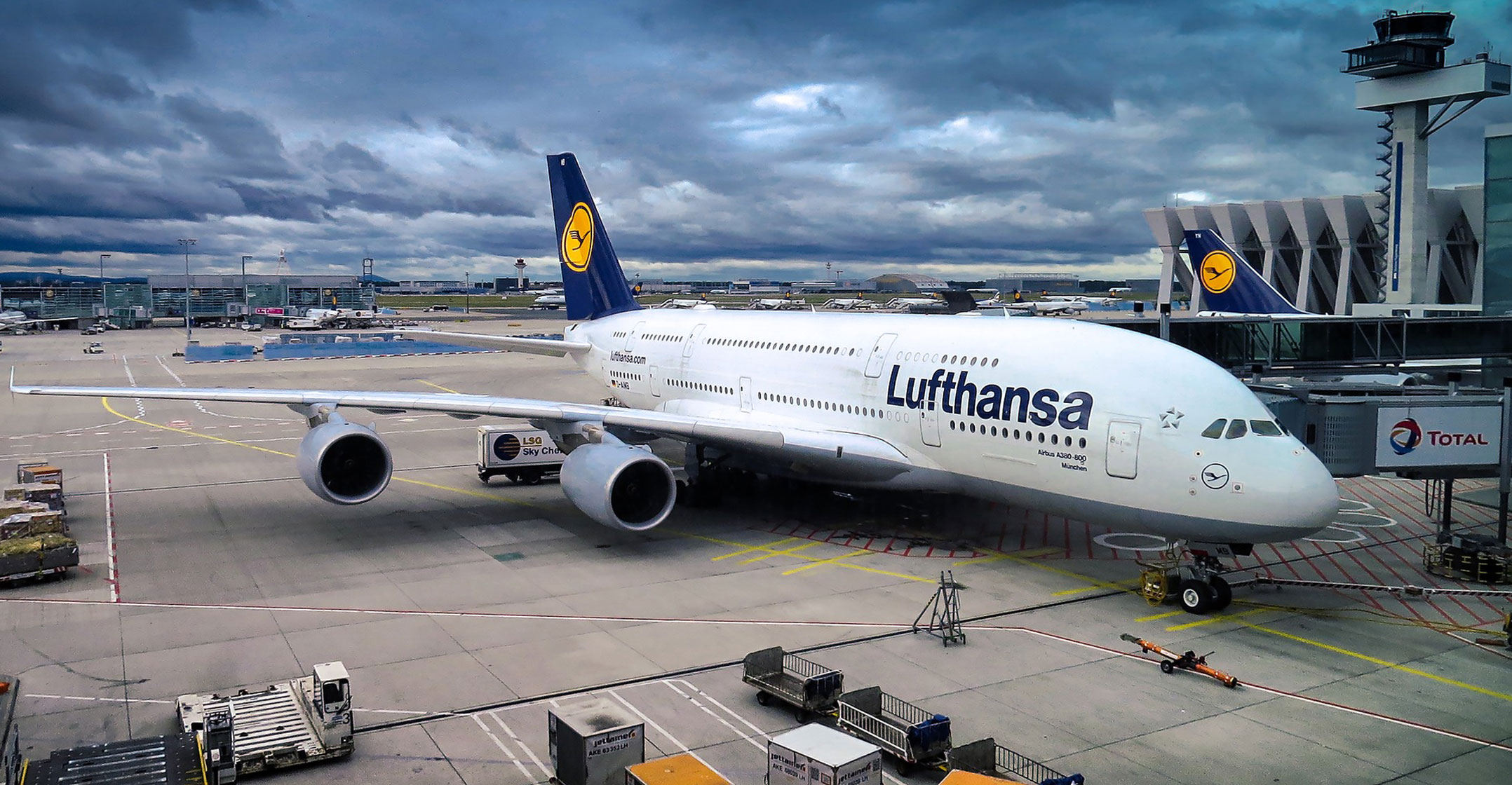 Airbus has decided to stop making the A380 double-decker after a dozen years in service, burying a prestige project that won the hearts of passengers and politicians but never the broad support of airlines that instead preferred smaller, more fuel-efficient aircraft.
Airbus has decided to stop making the A380 double-decker after a dozen years in service, burying a prestige project that won the hearts of passengers and politicians but never the broad support of airlines that instead preferred smaller, more fuel-efficient aircraft.
Production of the jumbo jet will end by 2021, after the A380’s biggest customer, Emirates, and a handful of remaining buyers receive their last orders. The Gulf carrier will pare down its current A380 order to 14 from 53, Airbus said in a statement on Thursday. Emirates said separately it would purchase 70 smaller A330neo and A350 wide bodies listed at US$21.4-billion before customary discounts.
“Today’s announcement is painful for us and the A380 communities worldwide,” Airbus CEO Tom Enders said in a statement. Airbus said as many as 3 500 jobs are affected by the decision.
While the A380 has struggled for years to match its popular appeal with a robust order book, the radical move to cancel the plane outright marks a watershed moment for civil aviation. The A380 was always more than an aircraft, albeit a very large one. Rather, it was the manifestation of Europe’s collaborative drive and the continent’s industrial ambitions. For Airbus, the airliner sought to create a commanding counterweight to Boeing, promising unparalleled space and luxury for increasingly congested airports and the skies above.
But from early on, the world’s largest commercial passenger plane had a hard time, both technically and commercially. Getting the A380 airborne for its maiden flight was severely delayed by wiring glitches that resulted from faulty communications between design teams. When the plane finally embarked on its first commercial flight in late 2007, the financial crisis that would cripple global travel was already on the horizon. Some customers had second thoughts about whether the giant aircraft was the right choice for meagre times, and cancellations started piling up.
Boeing rivalry
Airbus had watched enviously as Boeing monopolised the market for very large aircraft with its 747 jumbo, which celebrates its 50th anniversary this month and sold more than 1 500 units. While Airbus was a major force in the single-aisle space with its A320 family, the prestigious long-distance and ultra-large aircraft segment remained the domain of its US rival. With passenger numbers rising every year and major new hubs opening in markets like Dubai, the A380 seemed the obvious choice to address the need for a large people carrier, while picking market share off Boeing.
Dubai did in fact turn into the A380’s major sponsor, with Emirates ordering a total of more than 160 units, far in excess of any other airline. But ironically it was also Emirates that contributed to the A380’s decline and fall. With Airbus increasingly reliant on a single customer for its flagship product, Emirates could make or break the programme by ordering or cancelling more A380s. When the airline decided to rethink latest order for 20 units, Airbus saw no choice but to draw down production, given the lack of other buyers.
 “As a result of this decision we have no substantial A380 backlog and hence no basis to sustain production, despite all our sales efforts with other airlines in recent years,” Enders said.
“As a result of this decision we have no substantial A380 backlog and hence no basis to sustain production, despite all our sales efforts with other airlines in recent years,” Enders said.
From its inception, the A380 was a grand European project. The wings, like those of all Airbus aircraft, came from the UK and components were ferried across the continent from production sites in Germany and France. The giant fuselage tubes were taken by barge and flat-bed truck to the main facility in Toulouse, and the planes were then painted and kitted out in Hamburg. Teams from across the region joined colleagues at other sites during crunch times, the quirky-looking Beluga freight planes would crisscross countries with parts, and the A380 was a popular backdrop at air shows for politicians celebrating Europe’s achievements.
But over the past two decades, a new breed of aircraft gained popularity, making life harder for the A380 and the Boeing 747, which has also struggled with the latest passenger version of its iconic hump-backed plane. While the A380 represented an Airbus bet on congestion driving demand for ever-larger aircraft in mega-hub airports, Boeing in the early 2000s decided the future would lie in smaller long-range planes that could economically overfly the hubs and directly connect smaller markets.
Its 777 model and the smaller 787 Dreamliner, as well as Airbus’s A350 models, twin-engine planes that pioneered the use of lightweight carbon fibre and efficient engines, helped airlines drastically cut fuel expenses and allowed them to use the planes with quicker turnaround times on smaller point-to-point routes. The giant jumbo aircraft, by contrast, suddenly became too expensive, too heavy and too cumbersome to operate.
Hardly caught on
Markets where Airbus had hoped to sell its prestige plane hardly caught on or didn’t materialise at all. There isn’t a single US carrier that uses the A380, Chinese airlines have only bought the model in low numbers, and Japan — traditionally a big buyer of the Boeing 747 — has only recently taken delivery of its first A380. Qantas Airways formally cancelled an outstanding order just last week, and carriers including Air France have pared back their commitments.
Part of the A380’s problem is that there is no established second-hand market, typically the domain where prospective buyers can pick up jets at a discount. Singapore Airlines, the first commercial operator of the A380, learnt this just recently, when it returned some aircraft back to its leasing partner, only to see them scrapped in France for their parts.
 Airbus itself acknowledged that timing may not have been on its side with the A380. While busy airports like London Heathrow have become major magnets for the model, congestion has not been felt acutely enough around the world to shock more airlines into buying the biggest plane. And many operators don’t even use the model at full capacity. The A380 is capable of carrying more than 800 passengers, but most airlines choose to transport no more than about 500 people, instead decking out the cabin with fancy features from in-flight bars to showers and multi-room suites that come with flourishes like butlers and sofas.
Airbus itself acknowledged that timing may not have been on its side with the A380. While busy airports like London Heathrow have become major magnets for the model, congestion has not been felt acutely enough around the world to shock more airlines into buying the biggest plane. And many operators don’t even use the model at full capacity. The A380 is capable of carrying more than 800 passengers, but most airlines choose to transport no more than about 500 people, instead decking out the cabin with fancy features from in-flight bars to showers and multi-room suites that come with flourishes like butlers and sofas.
Such fripperies were a hit with passengers, who often went out of their way to book a flight on the A380, which promised a more spacious, quieter, more luxurious flight experience than older long-distance models. At a time when flying had lost its jet-age mystique and budget carriers sought to cram as many people onto a plane as possible, the A380 offered a throwback to an era of stylish travel, with plush cabin layouts and free-flowing champagne.
But in the end, it wasn’t passenger support, but the lack thereof from airlines that hastened the A380’s demise. Like Concorde, the supersonic jetliner that inspired a generation of plane-spotting fans, the A380 was brought back down to earth by the hard truths of commercial boardroom economics that gained the upper hand over popular aviation enthusiasm. — Reported by Benjamin Katz and Benedikt Kammel, with assistance from Layan Odeh and Julie Johnsson, (c) 2019 Bloomberg LP




